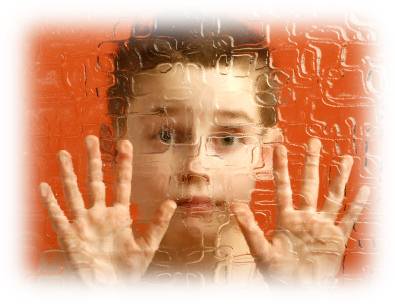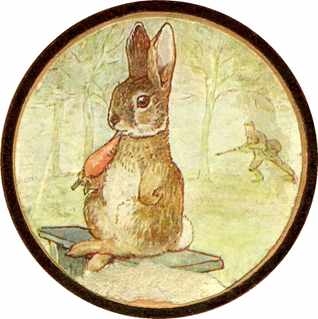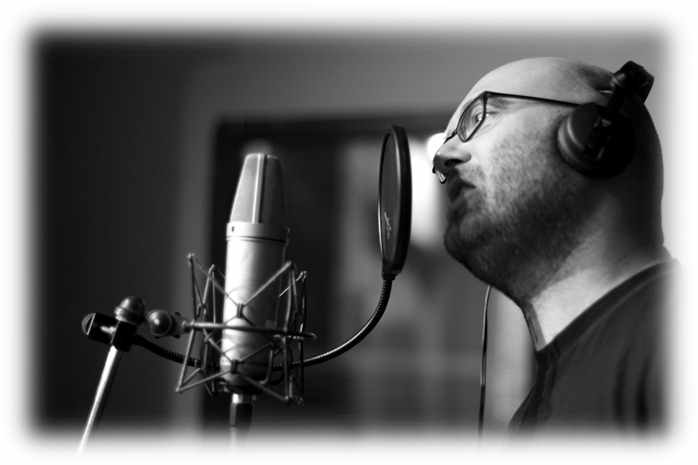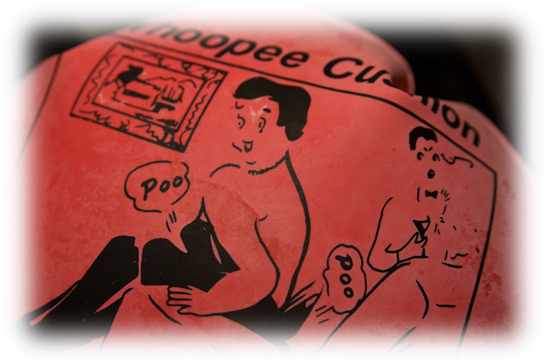Why facial expression is important in storytelling
Everybody knows that your facial expression is important in making your stories come to life, but why?
According to a Harvard University study, the ability to understand emotions, known as emotional intelligence, is linked intrinsically to being able to understand facial expression.
“Emotional intelligence—the ‘accurate appraisal and expression of emotions in oneself and others and the regulation of emotion in a way that enhances living’… encompasses a set of interrelated skills and processes. Because the face is the primary canvas used to express distinct emotions nonverbally … the ability to read facial expressions is particularly vital, and thus a crucial component of emotional intelligence.”
Emotional Intelligence and the Recognition of Emotion from facial Expression. Elbenfein, Marsh & Ambady
There are many ways to work with your child to increase emotional intelligence.
For children, one of the optimum ways of learning this skill – the correct appraisal of the feelings of others – is through learning the meanings of facial expressions in stories.
This allows the child to practice identifying and ‘trying on’ facial expressions in a safe environment. They can experiment with fear, with danger, with surprise, with confusion; with jealousy…the list is endless.
Encourage your child to show you the face of the angry lion, of the sad swan, of the happy bear finding the pot of honey.
By doing this, you are teaching and preparing your child for the world around them.
You are helping them to ‘read’ the faces of the people around them, and this in turn helps your child to understand what social behaviours should be encouraged in these situations.
According to a recent study,
“The ability to recognize facial expressions at age 5 has been found to predict later social and academic competence.”
Recognizing Emotion from Facial Expressions: Psychological and Neurological Mechanisms. Ralph Adolphs. University of Iowa College of Medicine.
We all want our children to go out into the world best prepared to deal with the people and society around them.
Therefore we should use facial expressions in storytelling as a means of effectively educating our children to become emotionally developed and aware human beings.
OK, so there’s a lot of techniques and things to know about facial expression in storytelling, so keep an eye on your inbox for the following sections which break it down a bit and give you some key things to focus on:
- How children mirror our behaviour and how you can use it in storytelling using the power of social referencing
- How your face tells a story and how to use it (part 1)
- A picture paints a thousand words – using your face to bring a story to life (part 2)
- Eye contact in storytelling – can be difficult in a snuggle, but fine tuning it can make a great storyteller
- Toning down your skills for your audience – you don’t want to overdo it
- A note on storytelling and children with autism (relevant though not specifically part of this series on storytelling techniques)
You can also return to the chapter introduction – facial expressions and masks in storytelling – at any time








